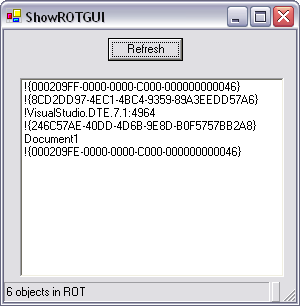Yes, the versioning has begun 🙂 This week I realised it’s silly to put programs like this one online, but it’s also silly to keep it for myself while maybe some other poor pvr150 soul could be blessed by it. =) So, in finding a way to put it online, I thought I’d put it on kde-apps.org. Great site. But it also comes with some “discipline”. I have to state what it already does (aka keep a changelog) and what it doesn’t (oops, where’s the consistency?), give it a version, make at least some source distribution and in return I’ll probably get dumped a sh_tload of crap on my head for producing such a silly program. But in any case, I’ll have a free hosting and advertising for it. =) 😉
So in preparation, I’m making this post to wrap up a 0.1 release.
What’s changed?
I don’t remember actually =) 29 nov has been some time.. mm, let’s browse some cvs logs
- configurable player startup delay on record to allow some buffering on disk, otherwise the player bails out on an empty file
- debug flag so that people are not disturbed by testing UI elements 😉
- add / delete channels (besides editing ;))
- put everything in a kdevelop project (proj started using eclipse, but after all the crashes I simply used a console, until now)
some screenshots to close:

channel editing mode


